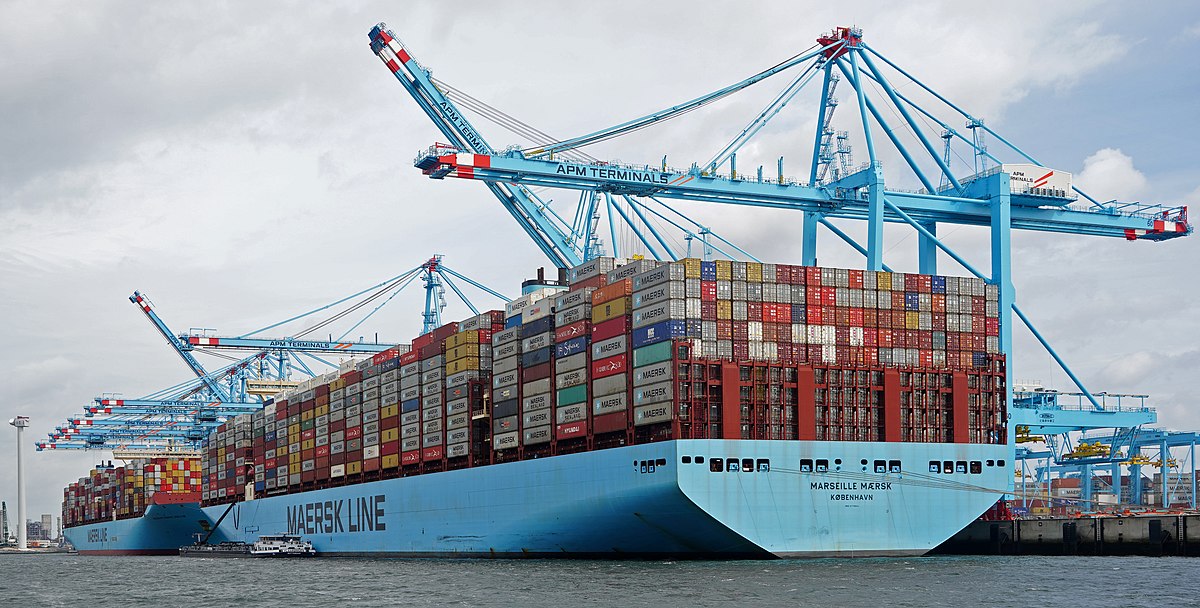In the ever-evolving world of logistics, businesses are constantly seeking ways to optimize their supply chains while minimizing costs. One of the most pressing questions that arise in this context is: What is the cheapest way to transport freight? This inquiry is not merely about finding the lowest price; it encompasses a range of factors including efficiency, reliability, and the specific needs of the cargo. In this article, we will explore various transportation methods, their associated costs, and strategic considerations that can lead to significant savings.
Understanding Freight Transportation Methods
Freight transportation can be broadly categorized into several modes: road, rail, air, and sea. Each mode has its unique advantages and disadvantages, and the choice often depends on the nature of the goods, distance, and urgency.
- Road Freight
- Overview: Road transport is one of the most flexible and widely used methods for moving goods. It is particularly effective for short to medium distances.
- Cost Factors: The cost of road freight is influenced by fuel prices, tolls, driver wages, and vehicle maintenance. While it can be economical for local deliveries, costs can escalate for longer hauls.
- Cost-Saving Strategies: Consolidating shipments, optimizing routes using technology, and negotiating long-term contracts with carriers can help reduce expenses.
- Rail Freight
- Overview: Rail transport is often considered one of the most cost-effective methods for moving large quantities of goods over long distances, especially bulk commodities.
- Cost Factors: Rail freight rates are generally lower than road transport due to economies of scale. However, the need for additional trucking to and from rail terminals can add to overall costs.
- Cost-Saving Strategies: Utilizing intermodal transport (combining rail and road) can maximize efficiency. Additionally, planning shipments during off-peak times can lead to lower rates.
- Air Freight
- Overview: Air transport is the fastest method for shipping goods, making it ideal for time-sensitive deliveries. However, it is also the most expensive.
- Cost Factors: Air freight costs are driven by weight, volume, and distance. Additional fees for fuel surcharges and security can further inflate prices.
- Cost-Saving Strategies: For businesses that require air transport, consolidating shipments and utilizing freight forwarders can help negotiate better rates. Additionally, considering alternative airports can sometimes yield savings.
- Sea Freight
- Overview: Sea transport is the most economical option for shipping large volumes of goods internationally. It is particularly advantageous for bulky items and non-perishable goods.
- Cost Factors: While sea freight rates are generally lower, costs can be affected by port fees, customs duties, and transit times.
- Cost-Saving Strategies: Booking in advance, using full container loads (FCL), and leveraging freight forwarders can significantly reduce costs. Additionally, understanding seasonal fluctuations in shipping rates can lead to better planning.
Factors Influencing Freight Costs
While the mode of transport plays a crucial role in determining freight costs, several other factors must be considered:
- Distance and Route: Longer distances typically incur higher costs, but the choice of route can also impact expenses. Avoiding congested areas or regions with high tolls can lead to savings.
- Cargo Type: The nature of the goods being transported (e.g., perishables, hazardous materials) can influence the choice of transport and associated costs. Specialized handling and equipment may be required, increasing expenses.
- Volume and Weight: Shipping larger volumes or heavier items can lead to economies of scale, reducing the per-unit cost. However, exceeding weight limits can result in additional fees.
- Seasonality: Demand fluctuations during peak seasons can drive up prices. Planning shipments during off-peak times can yield significant savings.
Conclusion: Crafting a Cost-Effective Freight Strategy
Determining the cheapest way to transport freight is not a one-size-fits-all solution. It requires a comprehensive understanding of the various transportation methods, associated costs, and strategic planning. By evaluating the specific needs of your business and leveraging the strengths of each transport mode, you can develop a cost-effective freight strategy that enhances your supply chain efficiency.


